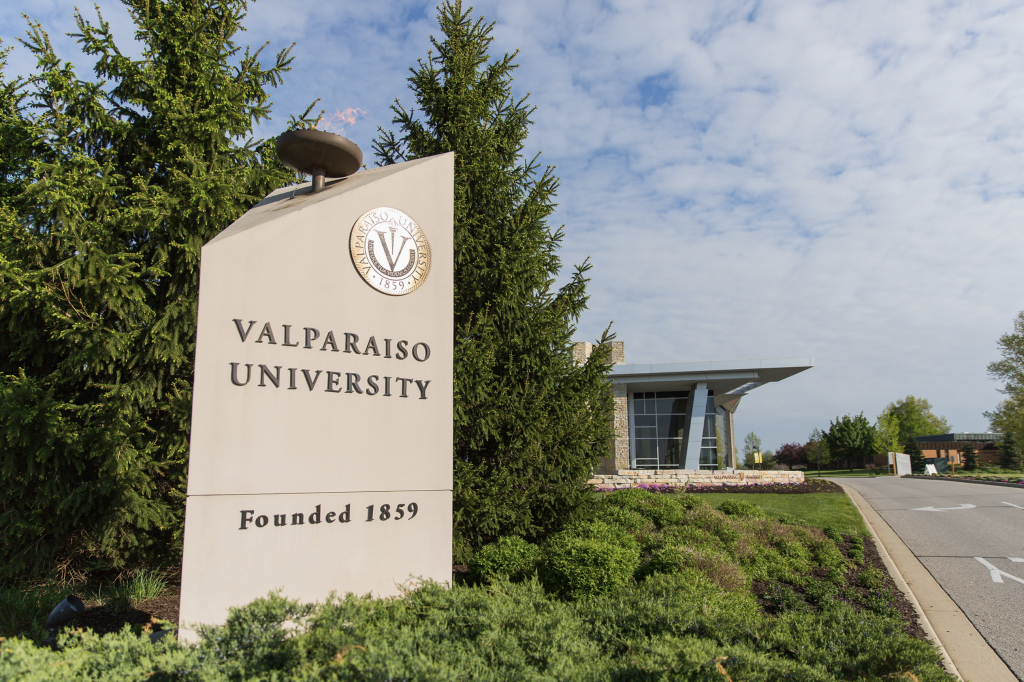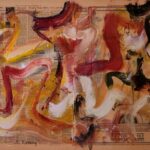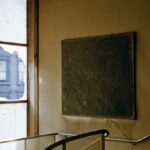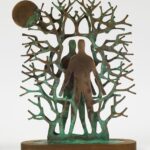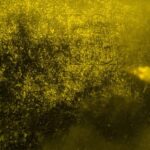Controversy continues over the potential sale of three valuable paintings from the Brauer Museum of Art at Indiana’s Valparaiso University. Richard Brauer, the museum’s namesake and founding director, is speaking out against the university’s petition to sell three valuable paintings from its collection, arguing that it defames him by inaccurately arguing that the museum bought the paintings inappropriately under his influence.
The museum has temporarily shuttered amid the crisis, dismissing director Jonathan Canning. The three artworks—Georgia O’Keeffe’s Rust Red Hills (1930), Frederic E. Church’s Mountain Landscape (1865), and Childe Hassam’s The Silver Veil and the Golden Gate (1914)—are estimated to be worth as much as $20 million in total. The O’Keeffe alone was appraised at $15 million in 2016.
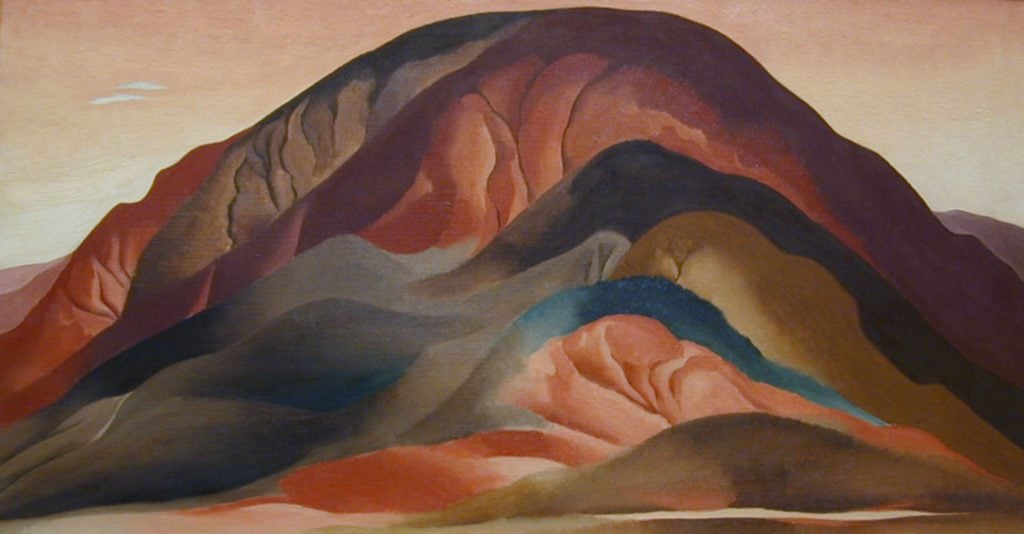
Georgia O’Keeffe, Rust Red Hills (1930). Collection of the Brauer Museum of Art at Indiana’s Valparaiso University.
In a May petition to Porter County, the school put forward several justifications for the sale. Among them, it argues that Junius Sloan, the Hudson River School painter and donor whose funds were used to purchase the canvases, along with his son Percy Sloan, had stipulated that the museum use the money to buy only “conservative” artworks, and that Brauer inappropriately influenced the committee administering those funds to buy the O’Keeffe and the Hassam, which it argues are not conservative.
Many in the university community have spoken out against the sale, as have several museum professional organizations. Brauer was previously party to a lawsuit to stop the deaccession, but it was dismissed for lack of standing.
(Pointing out falling enrollment and an estimated $9 million deficit for 2023–2024, the school argued in the petition that it needs the $20 million to renovate two freshman dormitories to attract students. It also posits that the Brauer, not being accredited by professional organizations that have guidelines against sales like this one, is “a museum in name only” and thus should not have to adhere to such rules.)
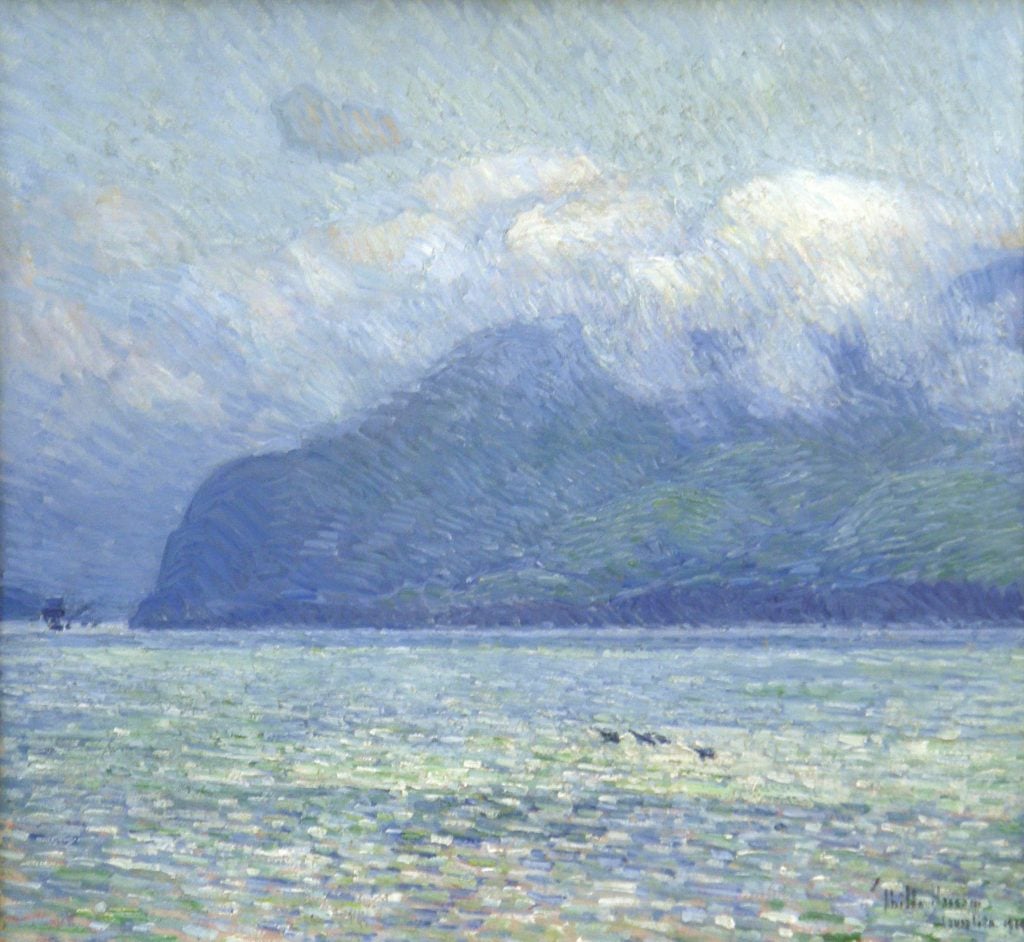
Childe Hassam, The Silver Veil and the Golden Gate (1914). Collection of the Brauer Museum of Art at Indiana’s Valparaiso University.
Brauer, in an email to Artnet News, has leveled his own accusations.
“The University’s petition wrongly claims that I was a bad influence on the collection committee and steered them astray in persuading them to make acquisitions not in line with the requirements of the trust,” writes Brauer. “This is false. It dishonors their memory and it defames me.”
University spokesman Michael Fenton declined to comment.
As a key rebuttal, Brauer offered from the university’s own petition a summary of a 1962 meeting of the committee (attended by Brauer himself) in which powerful trustee Louis Miller argued that the museum might even look into acquiring contemporary artworks so long as they had “qualities of beauty.” Brauer said that after his later proposal to acquire an abstract artwork was vetoed, the committee developed a working definition of “conservative” as representational, a criterion the O’Keeffe and the Hassam certainly meet.
Furthermore, Brauer pointed out that the very definition of the key term of the gift is slippery.
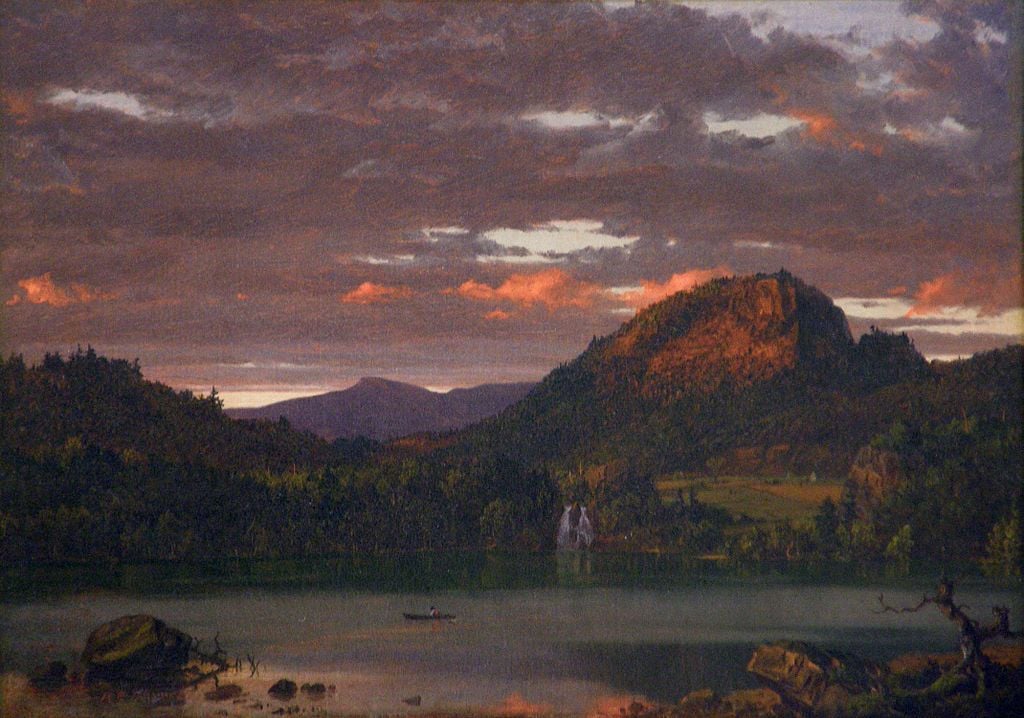
Frederic E. Church, Mountain Landscape (c. 1849). Courtesy of the Brauer Museum of Art at Indiana’s Valparaiso University.
“In art, what at first is innovative soon becomes conservative,” he said. “Such is the case with the Frederic Church landscape, to which the Hassam and the O’Keeffe are compared in expert witness that accompanies the University’s petition. Church in his day was doing something brand new, not in the least ‘conservative.’ O’Keefe’s Rust Red Hills, completed in 1930, is the most outstanding example of American modernist art in the permanent collection—she was a trailblazer—but compared to a Jackson Pollock in the 1960s when the O’Keeffe was purchased, Rust Red Hills would certainly come across as conservative for being representational.”
The petition argued that the works the Sloans donated were largely of the Hudson River School, but Brauer called that inaccurate, arguing that the Sloan collection “included many fine Impressionist and early modernist paintings, and some of the very best were on display when the museum was closed.” An exhibition of American Impressionism from the collection was on view.
The “crowning achievement” of his time at Valparaiso, said Brauer, was the construction of the 17,000-square-foot museum facility. The lead donor, food processing company Urschel Laboratories, doubled a requested $1.5 million donation, partly in return for naming the museum after him, Bauer pointed out.
“Thus did Urschel Labs and Valparaiso University honor me,” said Brauer, who says he will ask the university to remove his name if it goes through with the sale.
“I feel showered with blessings,” said Brauer, “and would be devastated to ask that my name be removed from the museum title should the Sloan collection paintings be sold, an awful precedent in the academic museum world.”
Follow Artnet News on Facebook:
References: this article is based on content originally published by on Artnet. You can read the full article here.
